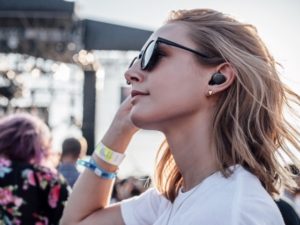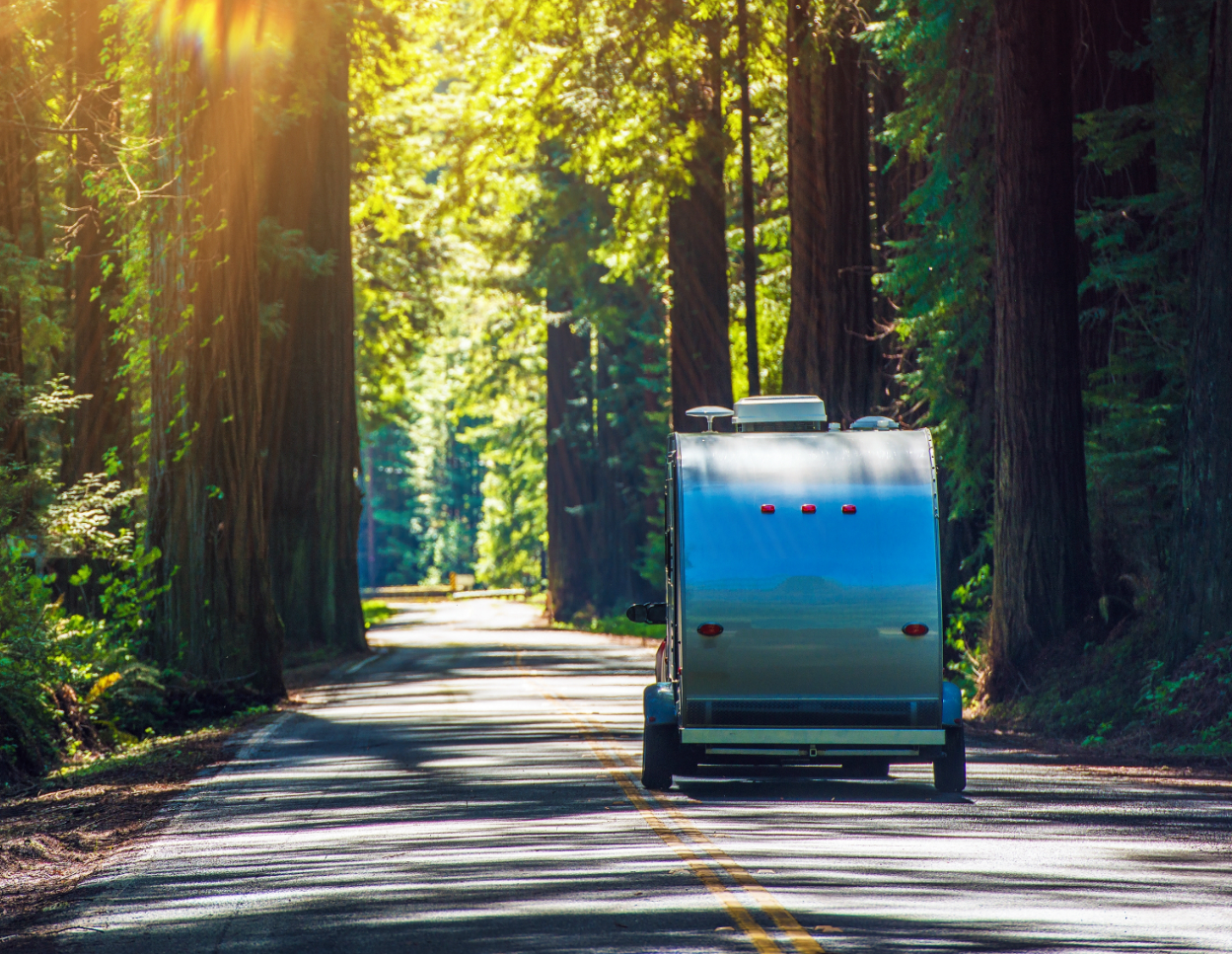 Hearing protection is something most music festival attendees don’t often think about. Maybe some should. Small, easily stashed, and far less costly than hearing loss itself, a couple of small earplugs are always a good option to have when needed. Sometimes, the most advantageous or memorable perch we can find is smack in front of a huge bank of speakers or sub-woofers. They rattle your soul and eardrums alike. You’ve just spent a couple hours at a crushing Umphrey’s set, or maybe you’re in the midst of Day 3 of Electric Carnival – and your eyes and ears are asking for a little relief.
Hearing protection is something most music festival attendees don’t often think about. Maybe some should. Small, easily stashed, and far less costly than hearing loss itself, a couple of small earplugs are always a good option to have when needed. Sometimes, the most advantageous or memorable perch we can find is smack in front of a huge bank of speakers or sub-woofers. They rattle your soul and eardrums alike. You’ve just spent a couple hours at a crushing Umphrey’s set, or maybe you’re in the midst of Day 3 of Electric Carnival – and your eyes and ears are asking for a little relief.
Those, like us, who have been listening to high-decibel music for four-plus decades – yeah, even The Who’s Tommy, turned up loud – are first to pull out the hearing protection at music events. You will typically see security, production, or roadies who consistently work in the concert environment wearing earplugs. What do they know that you don’t?
The damage done from listening to loud music can be cumulative over years of exposure, so long-time live music fans may want to reconsider using protection.
 Hearing protection, that is. We don’t leave home – or the festival campground – without it. In fact, a pair is on the camper key ring and the car key ring, with a few extra pair always hanging about. It’s that important.
Hearing protection, that is. We don’t leave home – or the festival campground – without it. In fact, a pair is on the camper key ring and the car key ring, with a few extra pair always hanging about. It’s that important.
According to Healthline.com, transient hearing loss can last 16 to 48 hours. You may be familiar with the classic buzzing one hears for hours after a loud show, particularly in a small venue. In extreme cases, it may take a week or two. Further exposure to extremely loud noises can also trigger the ringing again.
NIHL: When Volume Meets Your Eardrums
While the loud volume level found at concerts is the primary cause of noise induced hearing loss (NIHL), the duration of exposure to that loud volume also plays a key role in how much damage is done. With many of our fests happening over a three- and even four-day period, the number of one to two-hour concerts in one fest can be quite impressive.
Sometimes this hearing loss can develop into tinnitus that lasts more than six months. It has been predicted that as many as 50 million Americans will suffer hearing loss due to exposure to very loud music – either at concerts or over headsets – by 2050. The CDC even has a cool infographic on the perils of hearing loss.
All this can be bad news for people who dig music.
 Pro Tip: If you’ve already suffered some hearing loss, or have a hard time hearing friends’ comments during a show, ear plugs can cut the frequencies more evenly and actually make voices more clear. Instead of indiscriminately blocking out all sound, the filters deliver a flat frequency response, “which has the effect of turning down a volume dial rather than muting the audio entirely,” or so says this piece from NPR.
Pro Tip: If you’ve already suffered some hearing loss, or have a hard time hearing friends’ comments during a show, ear plugs can cut the frequencies more evenly and actually make voices more clear. Instead of indiscriminately blocking out all sound, the filters deliver a flat frequency response, “which has the effect of turning down a volume dial rather than muting the audio entirely,” or so says this piece from NPR.
Protect Those Ear Holes
Options to protect your hearing vary. Disposable hearing protection can often be found free of charge at music festivals, as event producers are aware of the problem (just ask a security or someone manning the soundboard). The most common type found are the small foam rubber disposable earplugs. We keep extras in our campers, in case our travel partners don’t have their own.
Looking for more effective and comfortable options, we reviewed four earplugs we found on Amazon. We chose these particular earplugs as they were highly rated on Amazon, or heavily marketed on social media:
EarPeace Model EP-HD ($20-25)
Pine Sounds ($20)
Eargasm ($35)
Ety Plugs ($20)
After trying each at a few shows, we found the EarPeace earplugs to be the best combination of comfort, noise reduction, and price point.
While we don’t consider any of the models tested very expensive, the Eargasm earplugs were significantly more expensive than the rest. They do come with noticeably fancier packaging, both the boxing and labeling, and the carrying container was the bulkiest in our pocket.
But they did not deliver better comfort or performance.
They also market their product the heaviest on social media, so you are paying a premium for marketing. Due to the cost, and bulkiness of the carrying cylinder, Eargasm was last on our list overall, though we ranked them second in performance.
All Else Being Equal, Go With Comfort
That said, all four brands performed adequately. They all reduced the volume of sound as received by the ear. Some of the earplugs came with the multiple sound filters NPR mentioned that reduced the sound by increasing amounts. The EarPeace came with three different levels of sound reduction; Eargasm came with two.
They all cut sound. The bottom line for us is comfort. If the earplug isn’t comfortable, it won’t be worn when needed. Compliance is key when it comes to protecting your hearing. Since hearing loss takes place gradually over time, the cumulative nature of hearing damage slowly creeps up on you. It’s imperative that you choose a brand that is comfortable for wearing for at least a couple hours at a time when exposed to loud sounds or music.

Fortunately, earplugs are inexpensive enough that if you find a certain brand isn’t as comfortable as you’d like, you can try a different brand on the cheap. Keep them around the camper or your music festival go bag. If someone needs earplugs, break ‘em out. You’ll be a hero.
Hearing loss is very much a preventable problem that many people face as we age, and the damage from years of exposure to loud sound/music begins to show. Good hearing into our later years is priceless, and the cost of hearing aids and the nuisance factor of maintaining them is big.
 Prevention can never start too soon. In fact, most parents who bring kids to concerts and festivals put their kids in headphones. It’s adorable, and healthy to their hearing. It’s a good habit to get them into at a young age.
Prevention can never start too soon. In fact, most parents who bring kids to concerts and festivals put their kids in headphones. It’s adorable, and healthy to their hearing. It’s a good habit to get them into at a young age.
Prevention is key; practice safe sound!
